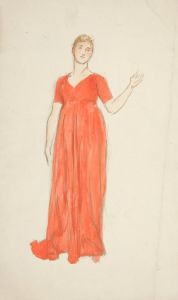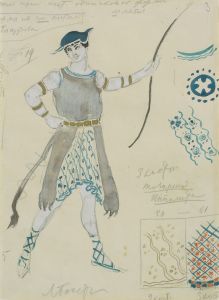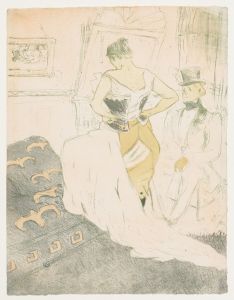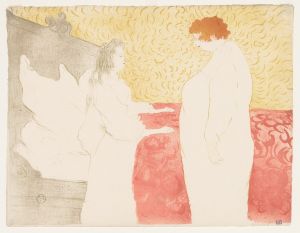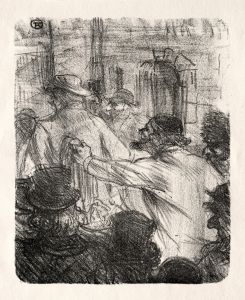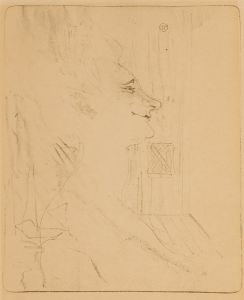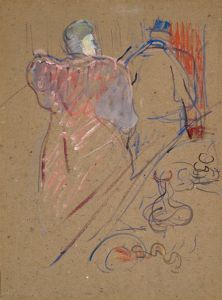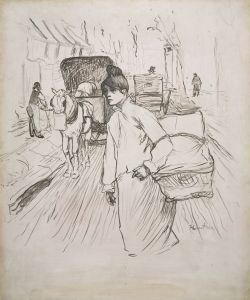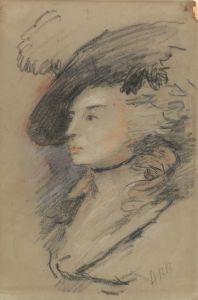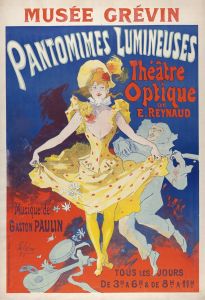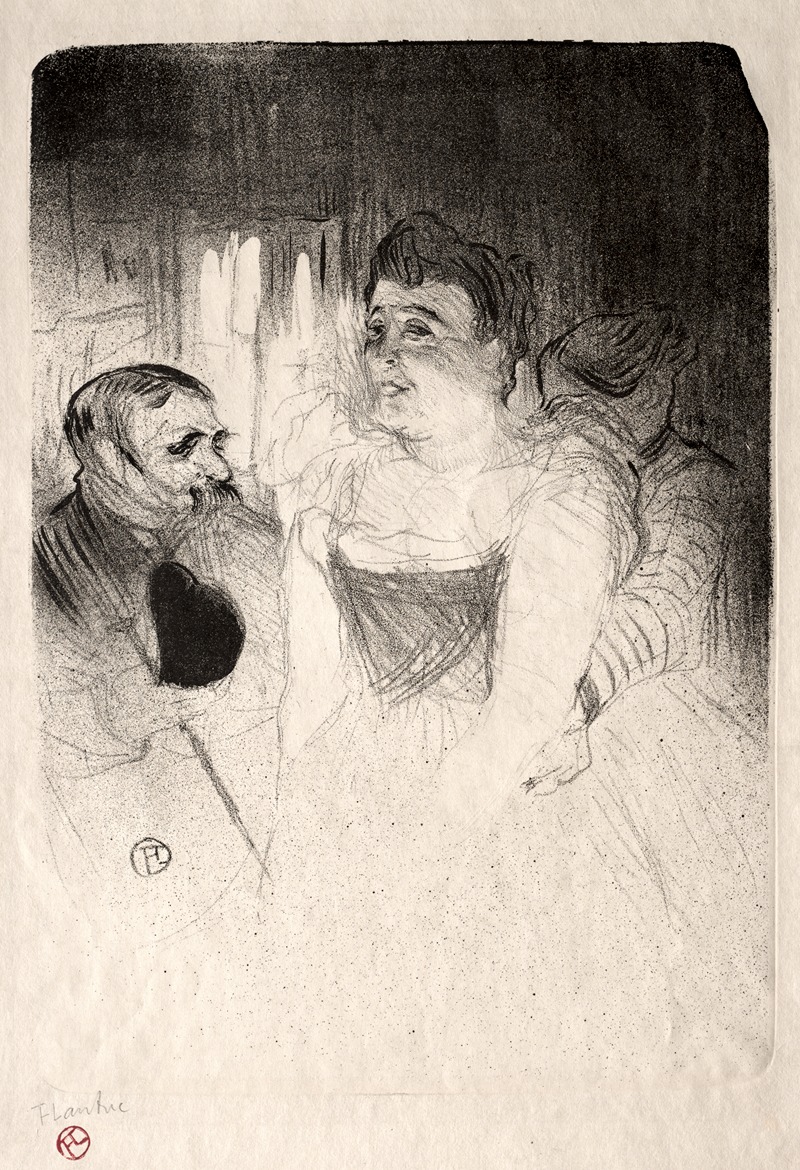
Judic in the Loge
A hand-painted replica of Henri de Toulouse-Lautrec’s masterpiece Judic in the Loge, meticulously crafted by professional artists to capture the true essence of the original. Each piece is created with museum-quality canvas and rare mineral pigments, carefully painted by experienced artists with delicate brushstrokes and rich, layered colors to perfectly recreate the texture of the original artwork. Unlike machine-printed reproductions, this hand-painted version brings the painting to life, infused with the artist’s emotions and skill in every stroke. Whether for personal collection or home decoration, it instantly elevates the artistic atmosphere of any space.
Henri de Toulouse-Lautrec, a prominent French painter, printmaker, and illustrator, is renowned for his depictions of Parisian nightlife in the late 19th century. One of his notable works is "Judic in the Loge," which captures the essence of the vibrant and theatrical atmosphere of the time. This painting is a testament to Lautrec's keen observational skills and his ability to portray the nuances of social interactions and personalities.
"Judic in the Loge" features the French singer and actress Anna Judic, who was a celebrated performer during the Belle Époque. Known for her comedic talent and captivating stage presence, Judic was a popular figure in Parisian theater. Lautrec's painting presents her in a theater box, or "loge," a setting that highlights her status and the cultural milieu she inhabited.
The composition of "Judic in the Loge" is characteristic of Lautrec's style, with its bold outlines and dynamic use of color. The painting captures Judic in a moment of repose, possibly during an intermission or while observing the audience. Her attire and demeanor reflect the fashion and elegance of the period, and Lautrec's attention to detail is evident in the rendering of her costume and the surrounding elements of the loge.
Lautrec's work often focused on the performers and patrons of the entertainment world, and "Judic in the Loge" is no exception. The painting not only portrays Judic as an individual but also serves as a window into the social dynamics of the theater. The loge, a private seating area, was a place where the elite could see and be seen, and Lautrec captures this aspect of social theater with subtlety and insight.
The painting is executed with Lautrec's typical economy of line and expressive use of color, which convey both the personality of the subject and the ambiance of the setting. His technique often involved the use of thinned oil paint or gouache, allowing for a fluidity and spontaneity that matched the lively subjects he depicted. This approach is evident in "Judic in the Loge," where the brushwork and color palette contribute to the overall mood and character of the piece.
Henri de Toulouse-Lautrec's work is significant for its documentation of the cultural life of Paris during a transformative era. His paintings and prints provide a vivid record of the personalities and places that defined the city's nightlife. "Judic in the Loge" is a fine example of his ability to capture the spirit of the time and the individuals who inhabited it.
While specific details about the creation and exhibition history of "Judic in the Loge" may not be extensively documented, the painting remains an important part of Lautrec's oeuvre. It reflects his enduring interest in the theater and its performers, as well as his unique perspective on the social rituals of his day. Through works like this, Lautrec has left an indelible mark on the art world, offering a glimpse into the vibrant and often ephemeral world of late 19th-century Paris.





